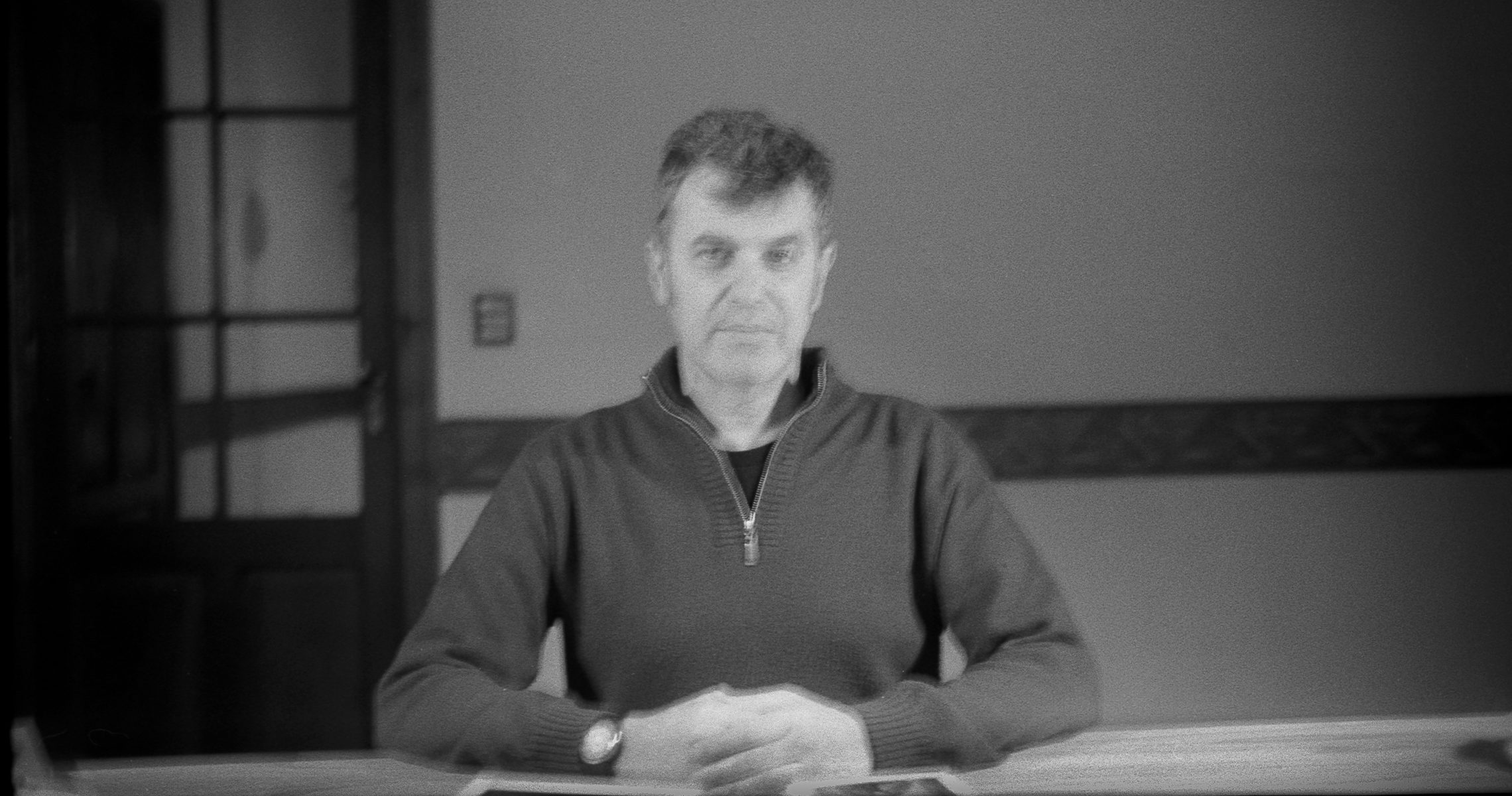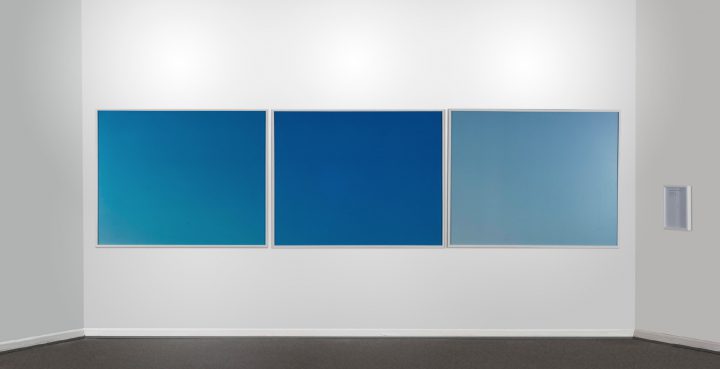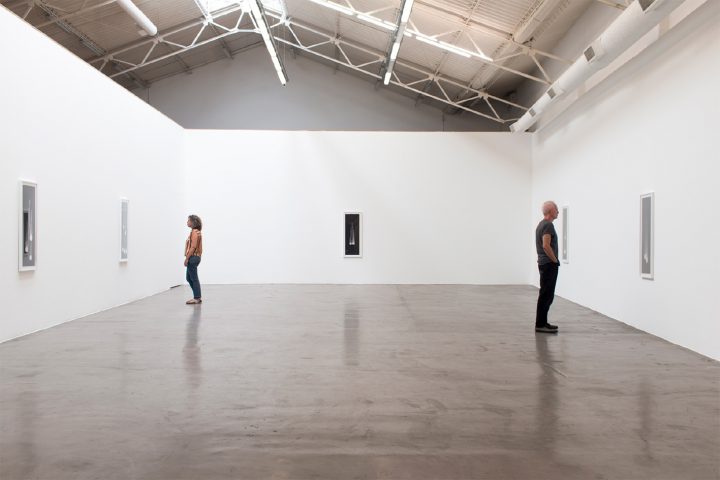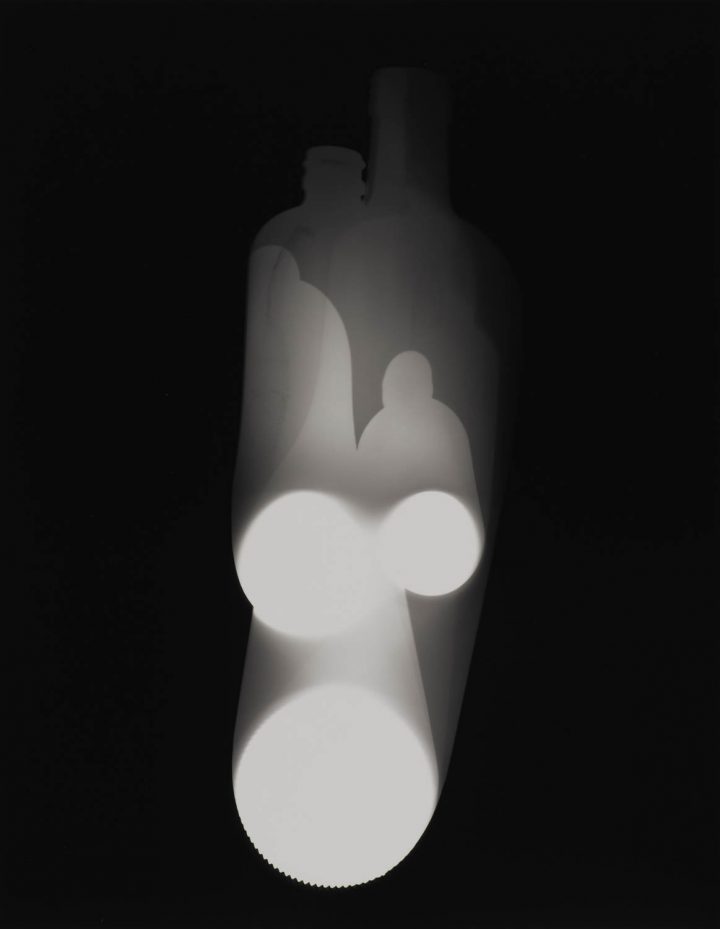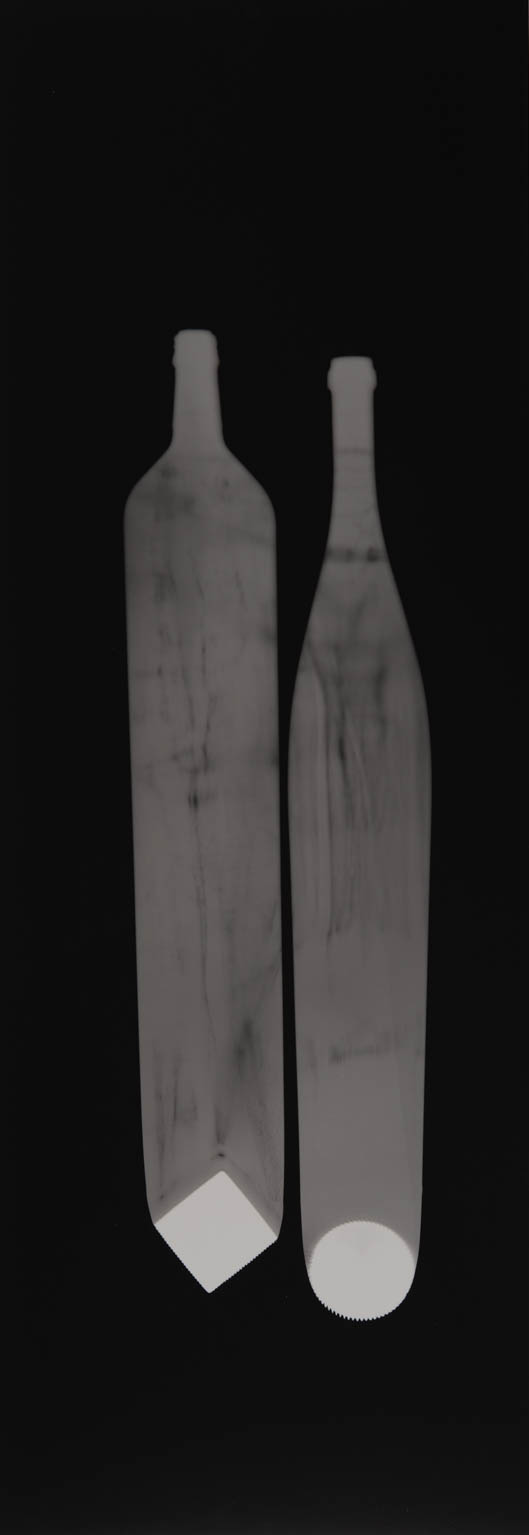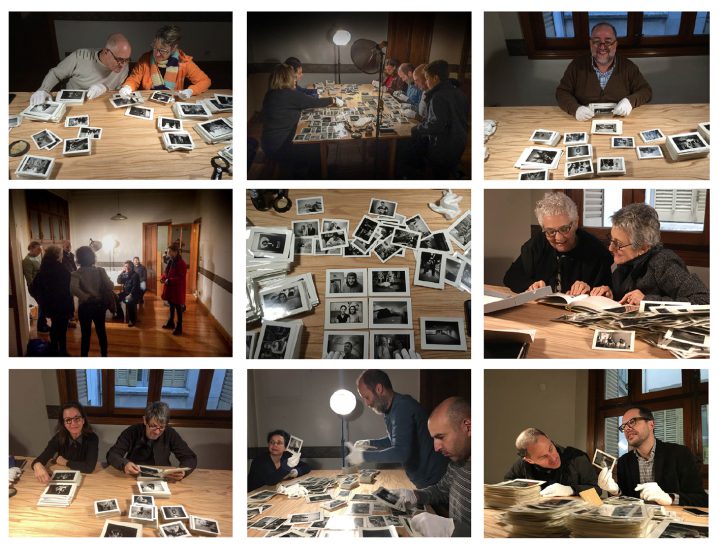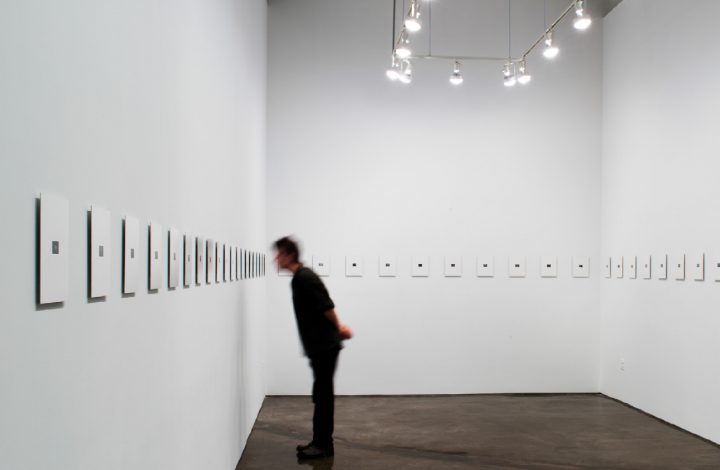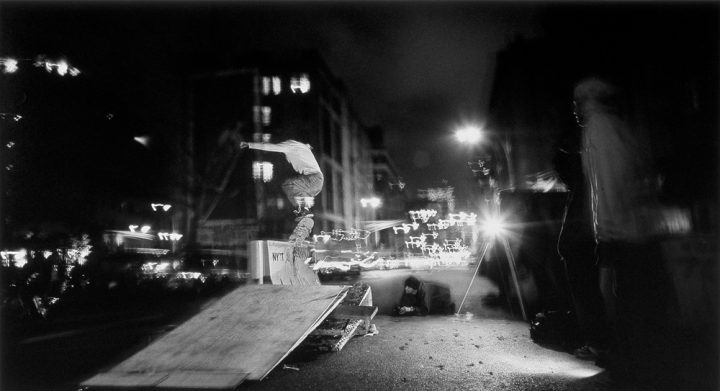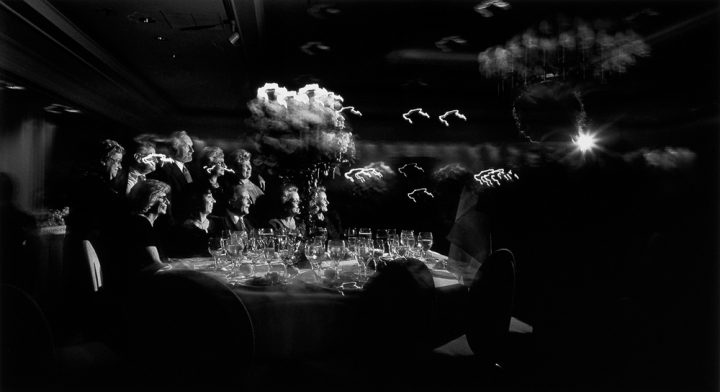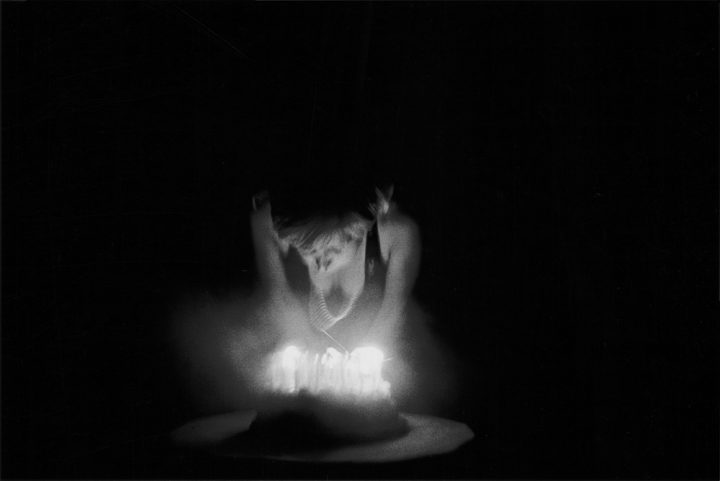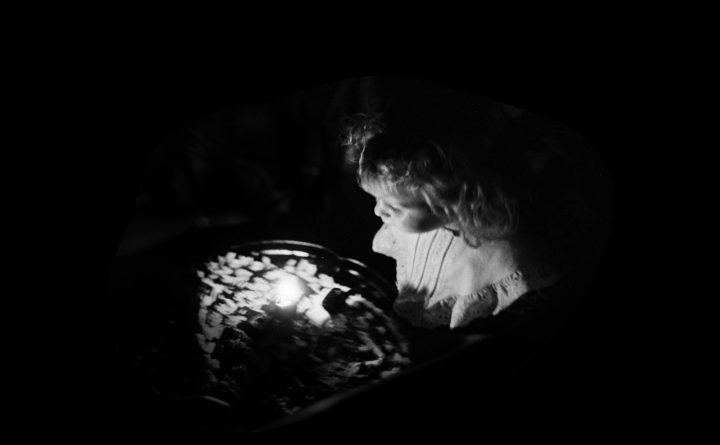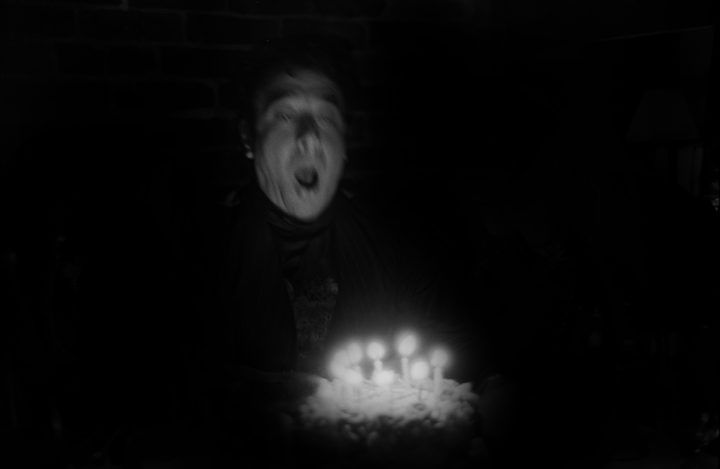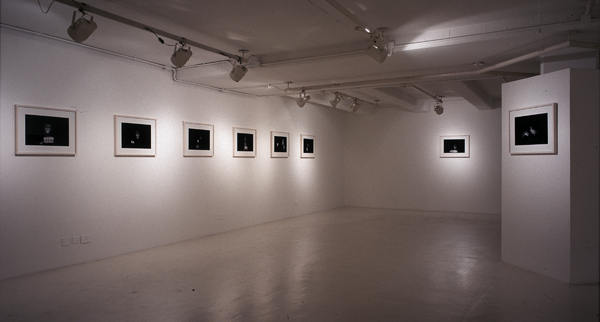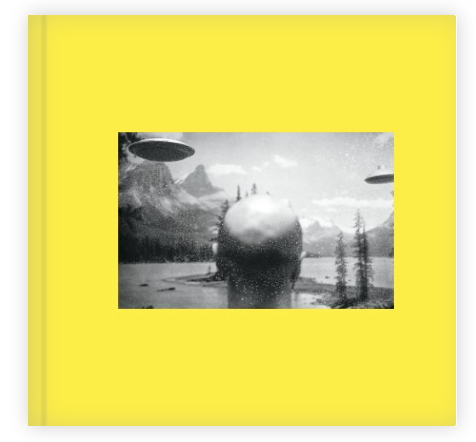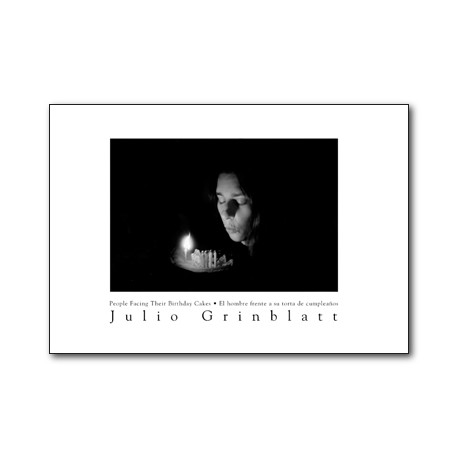Born in Buenos Aires, 1960. Lives and works in Brooklyn, USA.
He received a B.Sc. in Chemistry and Biochemistry from the Hebrew University of Jerusalem. Studied History of Photography and Photographic Aesthetics with Juan Travnik. She earned an MFA in Studio Arts from Hunter College (CUNY/City University of New York) in 2010 where she has also been teaching since 2009.
Grinblatt pursues a systematic program of exploration of the modes of perception enabled by the photographic image, in which she engages with the technical, artistic and social dimensions of the photographic device and emphasizes the “camera” apparatus as the bearer of a system of representation. In Buenos Aires, he had solo exhibitions at the Museo de Arte Moderno de Buenos Aires in 2001, the ICI in 1999, and the Rojas in 1995.He has participated in curated exhibitions at the Museo Reina Sofía, Madrid; MoMA PS1 and El Museo del Barrio in New York, the Institute of Contemporary Art (ICA) in Philadelphia (USA); the Museum of Fine Arts in Brussels (Belgium); the Amos Anderson Art Museum (Helsinki, Finland); and the Museo de Arte Zapopan (Guadalajara, Mexico), Museo Nacional de Bellas Artes (Buenos Aires, Argentina), among others.
His work is part of several public collections, including those of the Museum of Fine Arts in Houston, the Museum of Photography in Berlin, and the Museums of Modern Art in Buenos Aires and Rio de Janeiro.
Individual exhibitions
2019
Usos de la fotografía IX / Mirando a Morandi. Ruth Benzacar Galería de Arte. Buenos Aires, Argentina.
2017
Pasillos, Minus Space. Brooklyn, Nueva York, Estados Unidos
2016
Usos de la Fotografía VII / Fotos, Instalación site-specific. Buenos Aires, Argentina
Cielito lindo, Magil Library, Haverford College. Filadelfia, Pensilvania, Estados Unidos
Corridors/Pictures of nothing, Centro Cultural Pérez de la Riva. Madrid, España
2013
Cielito Lindo, Minus Space. Brooklyn, Nueva York, Estados Unidos
2010
Spazi (dis)abitati – Pasillos/Fotos de nada, Fondazione Teatro Lirico di Cagliari, Italia
2009
Usos de la fotografía-V/Dials/Cielito lindo, Ruth Benzacar Galería de Arte. Buenos Aires, Argentina
2007
Cielito Lindo Fotología 5, Universidad Nacional, Centro Jorge Eliécer Gaitán. Bogotá, Colombia
Pasillos/Fotos de nada, Antta Gallery. Madrid, España
2006
So Now Then/El hombre frente a su torta de cumpleaños, Hereford Photography Festival, Courtyard Center for the Arts. Hereford, Gran Bretaña
2005
Cielito lindo, Slought Foundation. Filadelfia, Pensilvania, Estados Unidos Pasillos/Cielito lindo, Baró Cruz Gallery. São Paulo, Brasil
Usos de la fotografía-II/El hombre frente a su torta de cumpleaños, LMI. Ciudad de México, México
The Gershman Y- The Open Lens Gallery. Filadelfia, Pensilvania, Estados Unidos
2003
Usos de la fotografía-I/Fotos de otros, Blue Sky Gallery. Portland, Oregon, Estados Unidos
Usos de la fotografía-I/Fotos de otros – Pasillos, Laura Marsiaj Arte Contemporânea. Rio de Janeiro, Brasil
Usos de la fotografía-II/El hombre frente a su torta de cumpleaños, Ruth Benzacar Galería de Arte. Buenos Aires, Argentina
2002
Pasillos, Society for Contemporary Photography. Kansas City, Estados Unidos
2001
Usos de la fotografía-I/Fotos de otros – Pasillos Museo de Arte Moderno. Buenos Aires, Argentina
2000
Pasillos, Sicardi Gallery. Houston, Texas, Estados Unidos
1999
Pasillos, ICI. Buenos Aires, Argentina
1995
Fotos de nada, Fotogalería del Rojas, Universidad de Buenos Aires. Buenos Aires, Argentina
Group exhibitions
2021 – 2022
Reunión. Ruth Benzacar Galería de Arte, Buenos Aires, Argentina.
2019
Formas de desmesura. Museo Nacional de Bellas Artes, Buenos Aires, Argentina. Curada por Verónica Tell
2017
Usos de la Fotografía VII / Fotos. Princeton University Art Museum, Filadelfia, Pensilvania, Estados Unidos.
Social Photography V. Carriage Trade, New York,Estados Unidos.
2014
Of Light and Time – Photos of others, Terrazzo Art Projects. Nueva York, Estados Unidos
2013
Roberto Aizenberg: Trascendencia/Descendencia Colección de Arte Amalia Lacroze de Fortabat. Buenos Aires, Argentina
2010
50 Artists Photograph the Future– Cast, Higher Pictures Gallery. Nueva York, Estados Unidos
Escape from New York – Pasillos, Engine Room, Massey University. Wellington, Nueva Zelandia (2010) Project Space Spare Room, RMIT University, Melbourne, Australia (2009) Curtin University of Technology, Perth (2008), Sidney Non-Objective, Sidney, Australia (2007)
2009
MA Curate MFA –Dials-Cielito lindo, Hunter College, Times Square Gallery. Nueva York, Estados Unidos
NewInSight – Dials, Art Chicago. Chicago, Estados Unidos
2008/9
Minus Space –Dials. MoMA PS1 Contemporary Art Center. Nueva York, Estados Unidos
2003/8
Mapas abiertos: Fotografía Latinoamericana 1991-2002, Pasillos Museo de Bellas Artes. Bruselas, Bélgica (2008)
Amos Anderson Museum. Helsinki, Finlandia (2005)
Auditorio de Galicia. Santiago de Compostela, España (2005)
Sala de Exposiciones de la Ciudadela. Pamplona, España (2005)
Bienal FotoNoviembre, Centro de Fotografía Isla de Tenerife, España (2005) Fototeca de Nuevo León. Monterrey, México (2005)
Fundación Telefónica. Santiago de Chile, Chile (2005)
Centro de la imagen. Mexico DF, México (2004)
Museo Zapopán. Guadalajara, México (2004)
Palau de la Virreina. Barcelona, España (2003)
Fundación Telefónica. Madrid, España (2003)
2007
NewInSight – Cielito Lindo, Art Chicago. Chicago, Estados Unidos
2006
International Contemporary Art from the Harn Museum Collection Samuel P. Harn Museum of Art, U. de Florida. Gainsville, Estados Unidos
Retratos de artistas, Galería Palatina. Buenos Aires
2005
From B.A. to L.A.: Mondongo, Tessi, Iuso, Prior, Grinblatt, Pasillos Track 16. Los Angeles, Estados Unidos
2003
Traces of Friday -Fotos de otros, ICA. Filadelfia, Estados Unidos
2002
The S-Files -Fotos de otros, El Museo del Barrio. Nueva York, Estados Unidos
Julio Grinblatt – Tricia McLaughlin – Ana Tiscornia, A. A. Wallace Gallery, SUNY, Old Westbury. Nueva York, Estados Unidos
Nuevas Tendencias -Fotos de otros, Museo de Arte Moderno. Buenos Aires, Argentina
Discoveries of the Meeting Place -Pasillos FotoFest. Houston, Texas, Estados Unidos
2001
Tipping Point -Fotos de otros, White Columns. Nueva York, Estados Unidos
2000
Más allá del documento, Pasillos, Museo Nacional Centro de Arte Reina Sofía. Madrid, España
Latin American Photographs. New View Points -Pasillos University of Texas at San Antonio Art Gallery. San Antonio, Estados Unidos
Awards
2012
Nominado para “Rema Hort Mann Foundation-Visual Arts Grant ” Fundación Rema Hort Mann. Nueva York, Estados Unidos
2011
Nominado para “Cisneros Fontanals Art Foundation Award for Latin American Emerging Artists”, Fundación Cisneros Fontanals Art. Miami, Florida, Estados Unidos
Nominado para “Rema Hort Mann Foundation-Visual Arts Grant ” Fundación Rema Hort Mann. Nueva York, Estados Unidos
2010
Tony Smith Award, Hunter College, CUNY, Nueva York, Estados Unidos
Nominado para “The Baum: An Emerging American Photographer Award”, The Baum Foundation y el SF Camerawork. San Francisco, Estados Unidos
Nominado para “Cisneros Fontanals Art Foundation Award for Latin American Emerging Artists”, Fundación Cisneros Fontanals Art. Miami, Florida, Estados Unidos
2007
Nominado para “Cisneros Fontanals Art Foundation Award for Latin American Emerging Artists”, Fundación Cisneros Fontanals Art. Miami, Florida, Estados Unidos
2006
Nominado para “Cisneros Fontanals Art Foundation Award for Latin American Emerging Artists”, Fundación Cisneros Fontanals Art. Miami, Florida, Estados Unidos
2004
Nominado para “The Baum: An Emerging American Photographer Award”, Glenn y April Bucksbaum, presentado por The UC Berkeley Art Museum y Pacific Film Archive. California, Estados Unidos
2002
Artist Recovery Fund, New York Foundation for the Arts. Nueva York, Estados Unidos
2001
Nominado para el “Bucksbaum Family Award for Emerging Photographers”, The Friends of Photography. San Francisco, California, Estados Unidos
Premio Banco Nación (Mención de Honor) –Fotos de otros. Buenos Aires, Argentina
1994
Premio Fundación Nuevo Mundo (Premio de Premiados) –Paisajes Paralelos, Museo Nacional de Bellas Artes. Buenos Aires, Argentina
1993
Premio Fundación Nuevo Mundo a la Nueva Fotografía Argentina -Retratos, Museo Nacional de Bellas Artes. Buenos Aires, Argentina
Collections
The Museum of Fine Arts, Houston. Houston, Texas, Estados Unidos.
Museum für Fotografie, Berlin, Alemania.
Portland Art Museum. Portland, Oregon, Estados Unidos.
Samuel P. Harn Museum of Art. University of Florida, Gainesville, Florida, Estados Unidos.
Light Work Collection. Syracuse, New York, Estados Unidos.
Museo Nacional de Bellas Artes. Buenos Aires, Argentina.
Museo de Arte Moderno. Buenos Aires, Argentina.
Museo de Arte Moderno. Río de Janeiro, Brasil.
Colecciones privadas en Estados Unidos, España y Latinoamérica.


